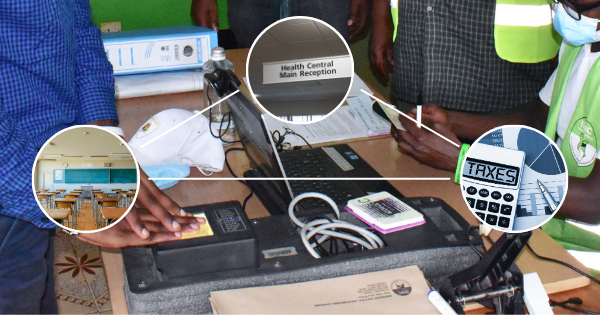By Brian Seroney – Environmental and Climate Scientist
Why do climate conversations in the city feel so far from home? Are we living very far from the reality, the reality that conversations need tangible and transformative action need to go hand-in-hand. Is it just by name that Nairobi is a global hub for environmental diplomacy, hosting world leaders, top experts and stakeholders to discuss climate change, and yet, yet communities remain disconnected from the conversations and benefits? Well, as MuemAction Post, and as a community torch, our concern lies in the gap between high-level discussions and local impact- and its about time we address it.
Nairobi has been the host of the United Nations Environment Program, the only United Nations headquarters in the global south. On the contrary, communities in marginalized areas, the ones most affected by environmental challenges are often left out of the conversation. For the young men of North Eastern, or even, the young women in Kibera, the discussions held in the conference rooms feel disconnected from their realities. The impacts in their lives, their farms and settlements are real, but often remain out of reach. In addition, the one-on-one participation of the different groups; small scale farmers and indigenous communities, is very limited. The knowledge, research and resources generated from these events are not effectively shared or implemented on the ground. This disconnect weakens Kenya’s potential for meaningful change.
The limited participation of these very important groups in the Nairobi-led conversations undermines efforts to create and implement sustainable solutions. Policies and outputs should directly reflect the affected persons. When decision makers fail to include those affected by climate change in the process, then the policies become less relevant and ineffective- or failed policies. This eventually hinders the potential for creating locally-led and locally-driven solutions that align with the climate realities. If there’s one thing that cannot be ignored, is that the climate-related challenges in the Kenya are not just theoretical and by virtue of statistically being in the global south. For a country that is a global lead in sustainability and climate action, the people in vulnerable areas must be at the forefront of climate action- from conference to community, from policy to action – and not just as spectators.
And so what next? Where do we go from here? How do we approach this? First, and probably important, is to decentralize the high-level meetings. Resources, and language may be huge barriers to everyone understanding, but regardless, information flow is needed to the grassroot level. The strategic working relation between decision makers and leading institutions should work and engage closely with local communities. This is in order to ensure that small holder farmers and communities can not only access information, but climate finance efficiently and effectively. For the majority, amplifying the local voices and ensuring that their grievances, opinions and best-practice solutions are embedded in the policies and research materials goes a long way. Let’s move from more talk, and act on climate, with communities at the forefront.
Nairobi plays an important role as a global hub- and this can be made better through ensuring it’s responsive to the needs of the communities. It is time to bridge the gap between high-level discussions and real-world challenges faced by the communities in the wake of climate change. Effective climate action can only succeed where every Kenyan, regardless of where they live, is part of the solution. Climate change is a defining challenge of our time, and this requires decisive, coordinated and ambitious global action – guided by effective policies and action.
Join our WhatsApp channel here for inspiring insights on social issues




